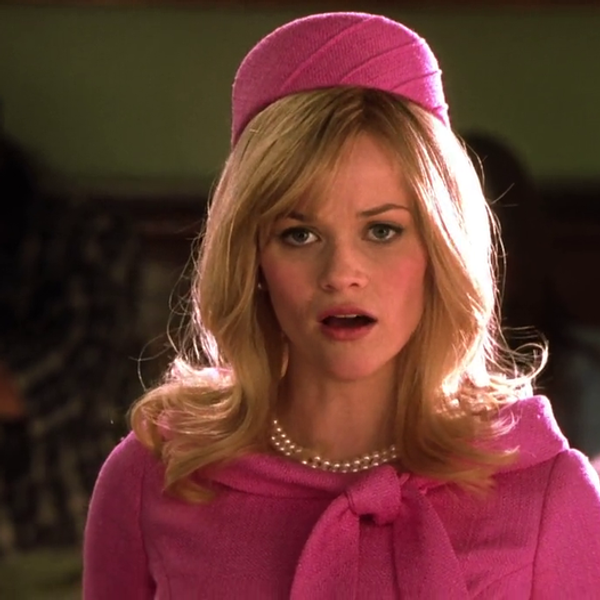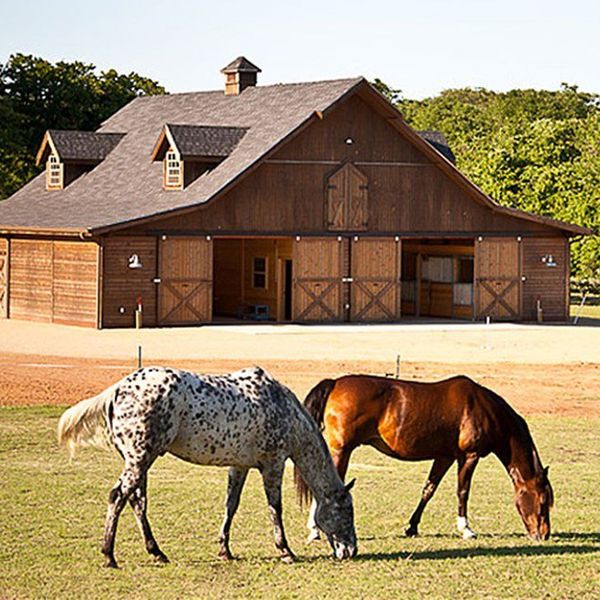I don't know much about anything, and even after playing ultimate between high school, D3 College, D1 College, and Club, I'm still convinced I know only a fraction of what there is to know about the sport and how to properly throw a disc. Factor in that I'm a guy who stands in at a burly 6' 3", and it's pretty easy to see that I am completely oblivious to many perspectives of the game. But my naivety was, for the better part of my life, willful and borderline misogynistic. In this regard, I apologize to any and all women I interacted with before about the age of 14.
That aside, I must confess something: I have no idea how women's college teams do it, especially at the D3 level. Were it not for my exposure to the sport while living in Lexington, KY, and the St. Louis metro, I would not have even the slightest idea of where to begin searching for organizational tools as my university begins the process of fielding our first women's team. Even so, the lack of resources for and connectivity of D3 teams in USAU is magnified to a terrifying degree once you shift your focus from the Open Division to the Women's Division. In this regard, I tip my hat to all coaches and captains in the Women's Division because, frankly, it's not made easy for you.
But this got me thinking about the college game in general. At UK and then again at SIUe, both programs which were instrumental in my development as a player, leader, and all around person, when the topic of a women's team was brought up, the organizational aspect fell away from a joint approach in which a mixed program made decisions about finances and team setup and instead shifted to a men's team/women's team setup which left the usually floundering women's roster struggling to sustain itself. I know for a fact that the original women's team at Kentucky, UK Savage, no longer exists and was only replaced here in the past few months. SIUe's situation is even more dire as the program has yet to field a team with more than four women since it's founding in the mid-2000's. The elements to create then maintain a women's team just don't exist at most universities and I'm left to wonder why schools still take the same approach, again and again, hoping for different results?
This thought crossed my mind while leadership for my current team, Ohio Valley University SCUF, discussed the possibility of fielding a women's team starting in the Spring of 2018. Numerous hurdles would have to be overcome before we could make it a reality, but the startling difference here from other programs I've been a part of was the scholarship opportunity. If you don't know much about it, I recommend reading about it to gain a little more insight on the matter. But for time's sake, I'll just let you know it's a coed opportunity worth up to $9,500 a year to play ultimate. Pretty stellar and exactly the hook we needed to draw in a few more women to make a tournament roster viable. The only things we were left to figure out were how to start the team on the right foot and how to create an organizational setup in order to maintain a women's roster through at least the first season then help it grow in the years to follow. With the school's financial backing, this looked to be easy enough, but it's not a reliable source for most teams. We pondered this for a while when, last week, everything just kind of hit the fan at once.
USAU's recent initiatives regarding mixed college ultimate and gender equity and the response from the AUDL in regards to a potential boycott of the league, beginning with the 2018 season, have left me wondering if the issue was with individual players trying to maintain a male-dominated sport or if the system, as a whole, is flawed and our way of approaching the development and organization of college programs is inherently doomed to failure. I ask that you remember that I am by no means an expert on this matter and would much sooner point you in the direction of organizations such as Without Limits or Upwind Ultimate, but I would like to offer a potential set up so we can better approach the organization of developing college teams and how we, as a community, can provide additional opportunities for women in ultimate without relegating them to their own division and risking minimal exposure of those teams while maintaining individual agency of female players in the world of ultimate.
In OVU's quest to field a women's roster, leadership had to decide if we wanted to create a separate entity for the women's team or if we wanted to keep both rosters under the same organizational umbrella. The popular opinion at this time is to build a men's team, open up to mixed, establish a women's roster, then go mixed when tournaments necessitate it. While I'm fond of this idea, it hasn't really proved viable as mentioned in my previous college experiences. So, not one for bureaucracy, I suggested we promote the most veteran female player to a captain's position and start from there.
Working alongside one another, the two male co-captains and the female captain developed a plan for recruitment and a practice schedule which relied on us maintaining a mixed roster for the original open-division team. This allows us to do two things. First, the two rosters will practice together allowing vets and coaches to help with the development of several brand new women's players and not overloading the few female vets. Second, the organizational outcome and scheduling of both rosters would be decided by team leadership and communicated between the lead captains for both rosters. This was done to allow two big things to happen:
1 - Female player's would have distinct tournaments to play in apart from the main body, permitting them reps and games against other female teams without the potential of losing out on PT to male players as is the case in most mixed D3 squads.
2 - Scheduling would be conducted in a manner to prevent tournament overlaps for the two teams. Basically, we do not schedule a tournament for each roster on the same weekend. This allows the men to go to women's tournaments to cheer on the team and provide logistical support while permitting the women the opportunity to join the Open Division squad for tournaments, giving them more playing time and more chances to learn the game. This idea was born out of a realization at the Steel City Classic that we were grossly limiting our women's' playing time because no other team at the tournament rostered female players and, in a fit of competition induced poor decision making, we kept on fielding lines of seven men.
So for example, in the Spring of 2018, the Open Division team is slated to play four scrimmages between January and February as well as six tournaments between February and April. The women have the opportunity to play in all of these games/tournaments while also being afforded two more tournament opportunities that do not overlap with the Open Division schedule. For better understanding, refer to the following list:
- Scrimmages
- 1/20 - Marietta College
- 1/27 - @ Ohio University
- 2/10 - Marshall University
- 2/17 - Fuster (Charleston Club Team)
- Tournaments
- 2/24-25 - Raid the Night
- 3/3-4 - Huckin' In the Hills
- 3/5-8 - High Tide
- 3/10-11 - Spades*
- 3/15-18 - DIII Invite
- 3/30-4/1 - Country Roads Classic*
- 4/14-15 - Conference Tournament
- 4/28-29 - Regional Tournament
* - The underlined tournaments denote Women's Division tournaments.
And as mentioned previously, the regular practice schedule and facilities have been modified to allow joint practices in which men and women can practice together or separately depending on the needs of the team as a whole. In this manner, we are able to cater to the development of all skill levels while maintaining gender equity and allowing the women's roster full access to the logistical and financial backing of the university. Throughout this process, though, it should be noted that women who wish to play/practice with only the Open roster or Women's roster will be afforded that opportunity and are by no means obligated to play in situations that they do not wish to be a part of. So while one individual may opt for the three Women's tournaments and nothing more, another could play just in the Open tournaments while a third could play every scrimmage, tournament, and practice possible for both teams (within the regulations of USAU, of course).
Now all of this comes with the caveat of we are by no means perfect. This concept is merely a starting point with no definitive end and will surely be manipulated moving forward. Nonetheless, I am excited at the prospects this opportunity provides us and look forward to how the first season of this experiment plays out.
If you wish to voice opinions on this matter or offer suggestions on how we can go about providing opportunities to female athletes while maintaining the team goals of Spirit of the Game and Gender Equity, please feel free to drop me a line!

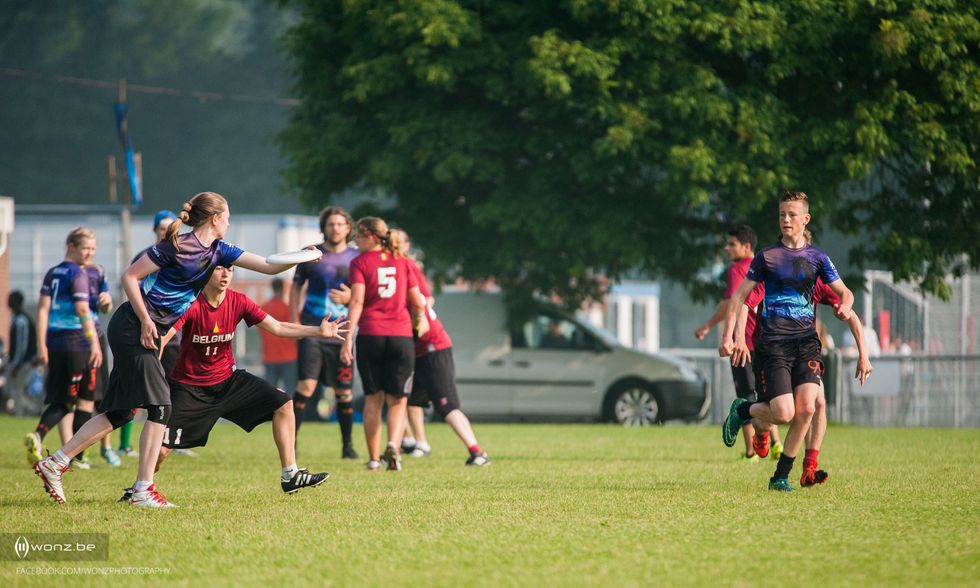
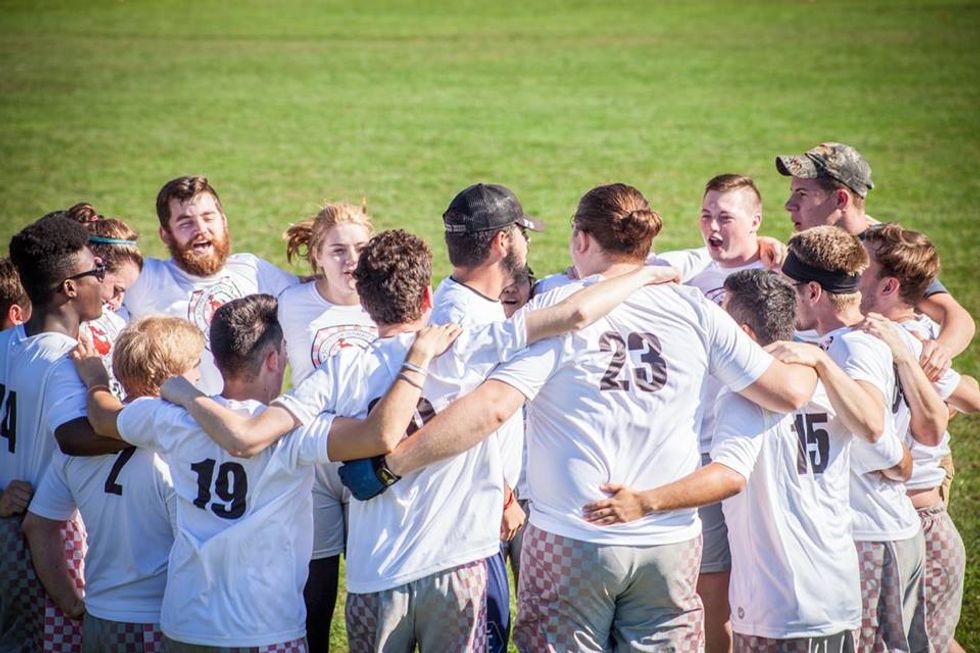
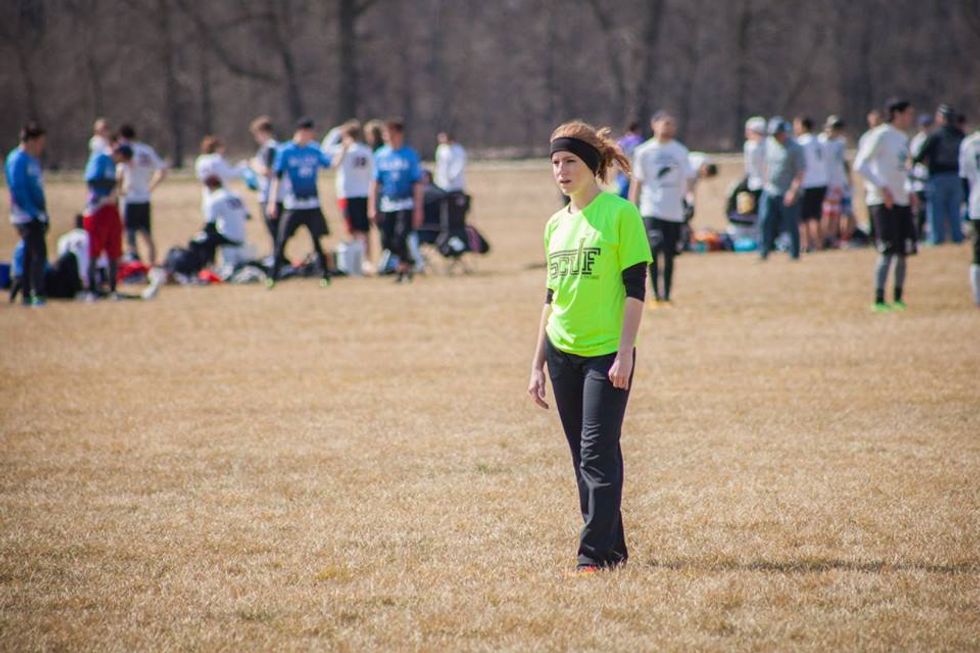




 The minimum wage is not a living wage.
StableDiffusion
The minimum wage is not a living wage.
StableDiffusion
 influential nations
StableDiffusion
influential nations
StableDiffusion








